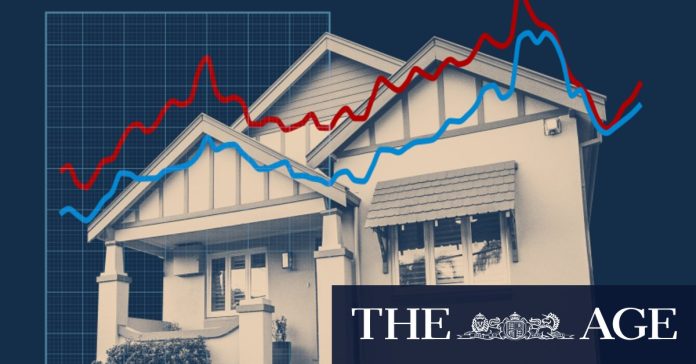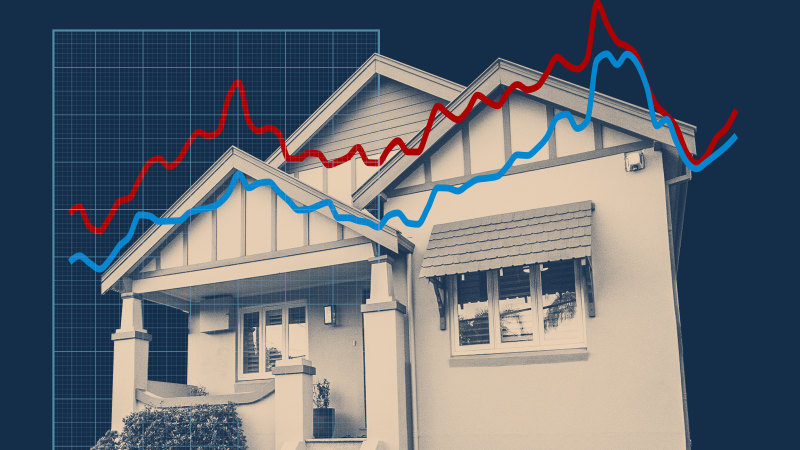[ad_1]
“High loan-to-value ratio loans tend to be first home buyers, predominantly,” Westpac senior economist Matthew Hassan said. “They’re the most likely to be stretched financially. When it comes to others, who have high loan-to-value ratios who have chosen to borrow close to capacity when they’re further along in the property life cycle, it will be markets where buyers have felt they need to go closer to their capacity to purchase.”
Loading
Quantify Strategic Insights head of data and insights Angie Zigomanis added recent home owners would typically lack equity in their home, which would make their debt-to-value ratio higher.
He said home owners with higher loan-to-income ratios could also be younger first home buyers because younger people were more likely to have lower incomes earlier in their careers. Zigomanis said this risk profile could also include investors, whose debt arrangements are often set up to minimise tax.
“If you’ve got equity in other properties, from a tax perspective, it’s best to apply all your gearing to [an] investment property to make that loan as big as possible,” he said.
“If you can offset your mortgage on the investment property, secure it against another property for example, it can maximise your deductions.
“It’s pretty easy for that group to fall into arrears. They could have decided to maximise their gearing to maximise their mortgage deductions and have just been caught out since interest rates have gone up so much.”
Commonwealth Bank head of Australian economics Gareth Aird said it was likely most borrowers 90 days or more behind on their loans would be people affected by the weakening labour market. The unemployment rate grew to 4 per cent in May.
“By definition they’re people who are struggling to make their mortgage repayments and historically that would be someone who’s lost their job and is no longer employed,” he said. “It could also be households that are stretched in the environment of high inflation and mortgage repayments over the past couple of years.”
Aird said the overall percentage of mortgage arrears remained below the historical average, and it was likely home owners and investors squeezed by a hostile economic environment were choosing to sell before they were forced to.
“There could be some home owners who were struggling with repayments who have already sold their home. But we don’t get visibility on that,” he said.
Aird said it was unlikely that the RBA would consider any more rate hikes, failing an unexpected spike in inflation.
Even if the RBA did hike again, few households would be forced to sell their home at a loss, Aird said.
“Home prices are still rising so anyone who is forced to sell would be highly unlucky to sell it for less than they bought it for given prices are past their peak,” he said. “It would be unusual to be selling at a loss where we are currently.”
Zigomanis agreed. “If push does come to shove for some people … if they’ve paid a 10 per cent deposit they may be able to pay the remainder of their mortgage and start from scratch again.”
[ad_2]
Source link



